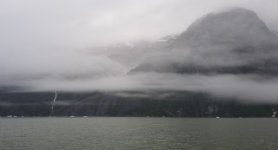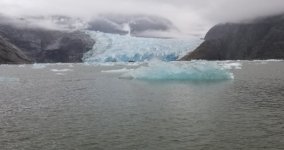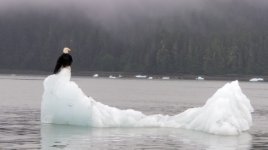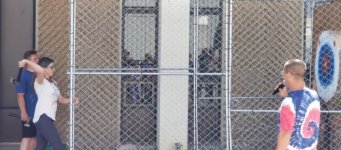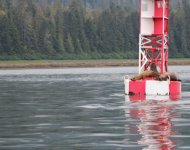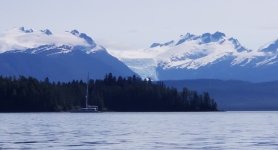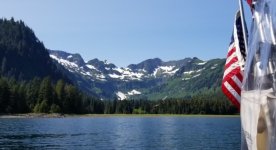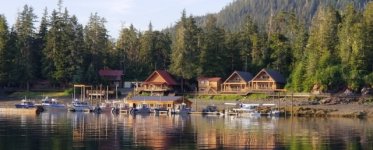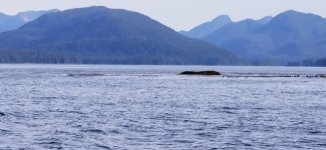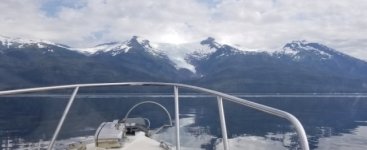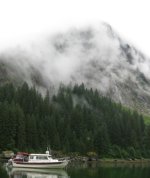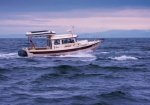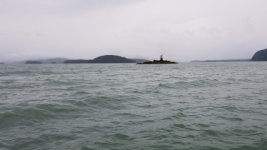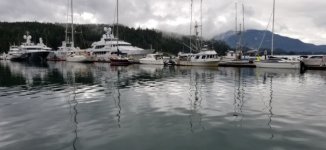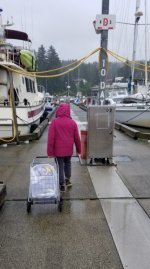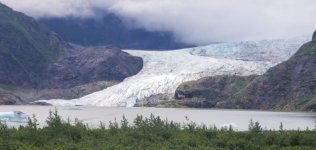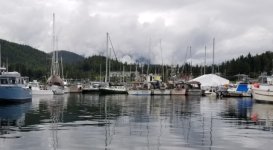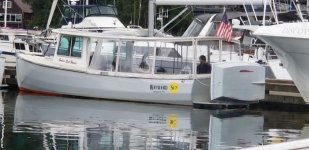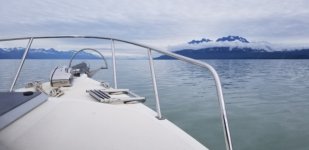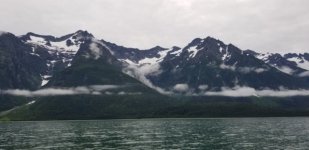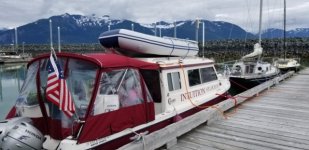Wednesday, July 7, 2021
Wood Spit to Ford’s Terror
Mileage today: 39
Total mileage: 1191
Motor hours today: 7.2
Motor hours total: 1020.6
Ever since reading of Jay and Jolee Byers’ earlier visits to Ford’s Terror, it’s been on my list of “must-see” locations if I had the opportunity to create my own Alaska itinerary. In many cases our expectations exceed the experience. Ford’s Terror didn’t disappoint.
Ford’s Terror was named by Lieutenant Commander H. B. Mansfield (USN), for H. L. Ford, a member of his 1889 surveying party. Apparently, Ford rowed a skiff passed the narrows during slack tide and then spent a harrowing 6 hours unable to leave the inlet due to the dangerous waves, currents, and blocking ice until the next slack allowed exit.
Since we didn’t have far to go today, and since high slack at Ford’s Terror was in the neighborhood of 1:40pm, we weren’t in a hurry to get up and move. When we got tired of waiting around, we left at 8:15, thinking we’d go up the Endicott Arm toward the Dawes Glacier before turning around to get to Ford’s Terror on time. We didn’t plan very well and didn’t leave ourselves quite enough time to get in view of the glacier. We had to slow to avoid the small clear bergies that sit low in the water and are difficult to spot, so we couldn’t just blast our way up there. We turned around 8 or 9 miles beyond the Ford’s Terror entrance. While we didn’t see the glacier itself, we saw seals hauled out on the ice and the magnificent canyon walls and waterfalls farther up the arm.
Based on AIS data and radio chatter, there would be at least 3 other boats bound for Ford’s Terror tonight. Another cruiser apparently bailed and returned from the Ford’s Terror entrance after arriving and seeing two other boats waiting south of the rapids. In the end, we and four boats waited for high slack to enter. I’ve heard or read of a couple estimates for calculating slack time at Ford’s Terror: 45 minutes after Juneau and 35 minutes after Wood Spit. These times end up being within about 10 minutes of each other and resulted in an estimate today for about 1:40pm. Based on radio chatter among those waiting when we arrived, nobody seemed certain of an estimate, though the loudest voice was using 1:05 (roughly slack at Wood Spit). They waited until the rapids seem to subside at about 1:00pm, then invited a smaller fishing boat with excess power to go first. After all three of the larger (43-, 57, and 64-foot boats) got through without carnage, we went through at about 1:10pm. We had plenty of power and directional control during this latter stage of the flood tide, but there was enough flow and churn that it didn’t quite feel like slack.
The favored anchoring spot in Ford’s Terror seems to be the western bank of western arm. All the other banks are extremely steep to, as the depth drops from 0 to over 100 feet in a very short distance. It’s all complicated by western bank having a mud flat that exposes as the tide drops and is difficult to discern – if you’re not careful you can ground on that flat as the tide goes out. The three large cruisers were concerned there wouldn’t be room for everyone, so had already made plans to raft together before arriving. Once they rafted together along the middle section of the western shore, there was plenty of room for the two smaller boats in the northwest and southwest corners. Our anchor landed in about 60 feet of water, and once we paid out 200 feet of rode and set the anchor, our back end was just short of where the depth near the mud flat goes from 30 feet to less than 10 feet at high tide (18 to less than zero during tonight’s -1 foot low tide).
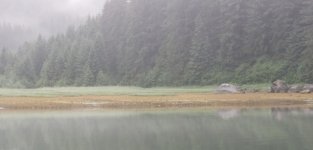
The most complete reference for Ford’s Terror navigation (IMO) is on the Slowboat.com blog (
https://slowboat.com/2016/09/feature-ar ... ds-terror/), which also includes a link to the video from one of Jay and Jolee’s earlier adventures.
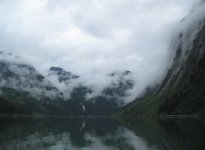
Les and Kel Rohlf
More photos at
https://www.facebook.com/kel.rohlf
Blog:
https://souldare.com/intuition-diaries/
